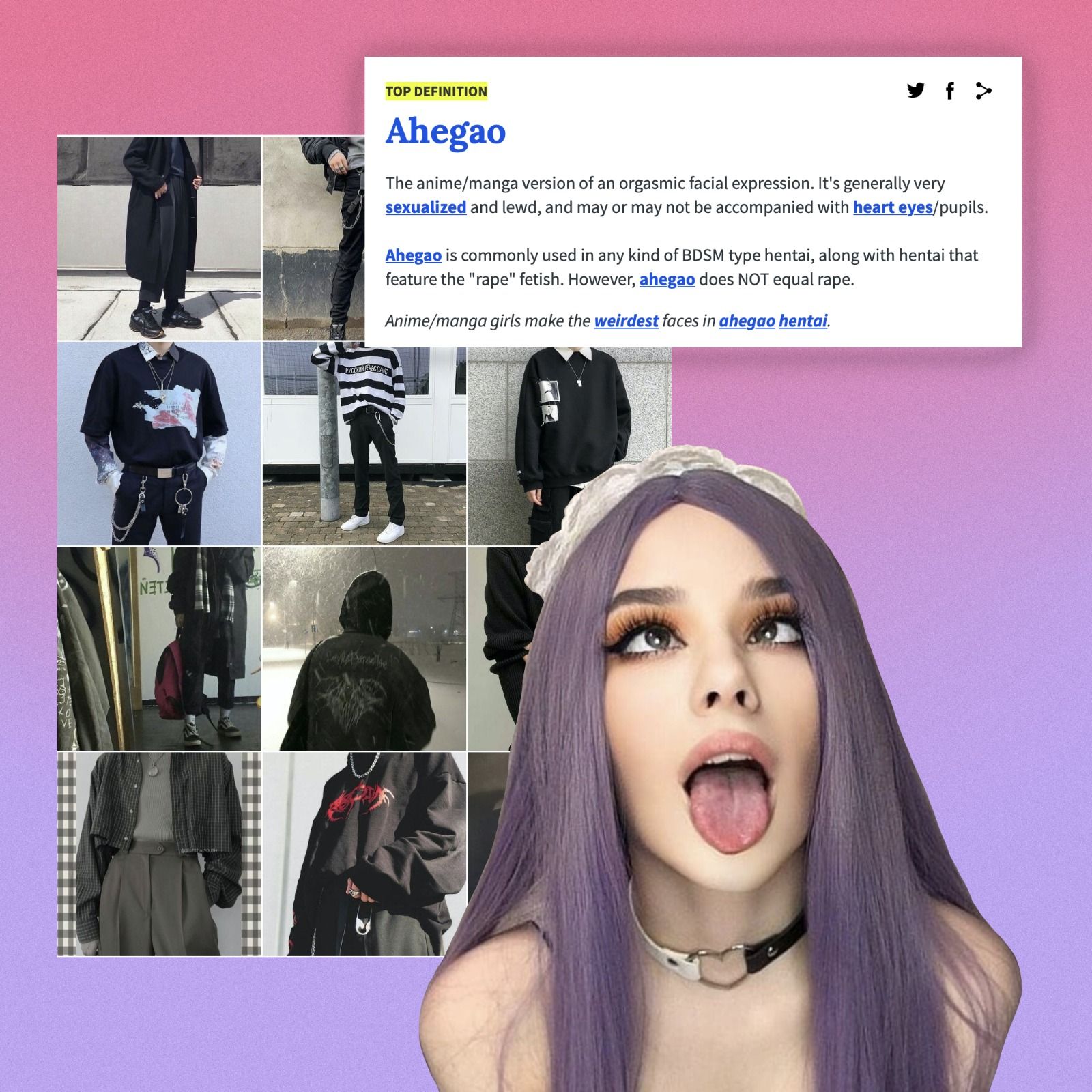
What’s 'vanilla shaming' and why is trending on TikTok The latest Gen Z trend halfway between 'Fifty Shades of Gray' and e-boy aesthetics
What is vanilla shaming? Why is it so popular on TikTok? And most importantly, why are girls who don't love choking called “frigid”? To answer these questions, we have to go back more or less than ten years, when the BDSM world broke into the pop media landscape with the release of Fifty Shades of Grey. The film adaptation of the erotic novels expanded mainstream coverage: we were used to hearing The Weeknd's Earned It constantly on the radio, and more and more Christian Grey memes were circulating.
From there began a long discussion on BDSM practices and their representation, which still today has great repercussions on the stereotypes and ideas we have about it.
This has 5.4 million likes. I am really concerned that young women are seeing this and thinking it’s normal for men to basically beat them up during sex. Any guy who is comfortable doing this much damage has a screw loose in my opinion... pic.twitter.com/NoWpZQN6GL
— aps (@PlSTACHIOS) July 28, 2020
The difference between Vanilla and Kink
In the 1970s, particularly during the sex wars, the debate on sexuality was particularly heated. The Gay Leather subculture and S&M lesbian feminism claimed an "alternative" sexuality as opposed to what was until then considered "classic". This is where the formal distinction between vanilla and kinky sex was created.
We've talked about “vanilla sex” in relation to female pornography; it's an expression used to define what we consider "normal" sex. Vanilla is a simple, fairly common flavour of ice cream, and for some people, this would indicate a type of sex that is also boring. In any case, that was (and often still is) the sexuality that established the norm, and which was mainly based on heterosexuality, while BDSM practices were considered as real deviations. Some acts performed in BDSM sexuality have long been classified by the scientific community as potential psychiatric or paraphilic disorders. All this has contributed to creating a great stigma towards these atypical sexual preferences, in fact, we speak of kink-shaming.
Kink-shaming: a problem of representation
Discriminating or insulting people because they practice kinky activities is part of kink-shaming which, like all other types of shaming, is based on stereotypes, social constructs, and strong preconceptions. BDSM is often associated with a community of sick or sociopathic people, due to its unconventional interests. The fact is that this fear of the different is fueled by considerable misinformation. The case of Fifty Shades is emblematic in this regard because at the time it aroused controversy precisely for how it depicted BDSM, spoiler: bad, very bad. This is not an isolated case, because similar criticisms have also been brought forward for the first season of Bonding- while the second, which has just come out, would seem to be a little more in line with reality.
Uncle Barry doesn't really sound hot, but you'd be surprised. pic.twitter.com/R5WoaEl4FT
— BONDiNG (@bondingnetflix) May 24, 2019
Violence, manipulation, and lack of consent are just some of the mistakes that this type of representations made, proposing a distorted vision. Suffice it to say that, following the release of the first book of Fifty Shades, the Washington Post reported that injuries related to BDSM and the use of sex toys had increased by more than 50% because people tried to recreate what they had read without being familiar with the safe practice of bondage or other more or less extravagant fetishes. This sweetened narrative for the mainstream media has, however, contributed to a (partial, of course) normalization of certain practices, also aided by the growing popularity of rough sex in pornography. It has become increasingly common to hear of hair being pulled or hands on the neck during sexual intercourse, especially among teenagers.
FreakTok’s case
Paradoxically, in the last period, we started talking about vanilla shaming in relation to different trends born on TikTok. The social network most loved by Gen Z is divided into what are called "sides", or thematic sections suggested by the algorithm based on their interests, one of these is FreakTok. If you go and look for this wording on the app, the results are now hidden, because they violate community guidelines. In fact, FreakTok is a side characterized by NSFW (not safe for work) content, advice on sex, or otherwise explicit and allusive. The users here joke and, in a certain way, ghettoize people who prefer vanilla-like sexuality.
They show bruises and tremors caused by rough intercourses, post videos on spitting (where the dominant partner spits in the submissive's face and mouth), on choking (the technique of pressing on the carotid to limit the flow of oxygen to the brain, temporarily) and on spanking (the practice of spanking, with the hands or other tools). These are practices that derive from the BDSM world and that users show nonchalantly. This type of content becomes problematic because it does not mirror the fetish/BDSM community because it often lacks respect, consent, and even safety. In fact, the BDSM community is trying to correct the information disseminated, which is incorrect and can above all be dangerous.
This trend does not represent a sudden collective hysteria but comes from a precise aesthetic: that of e-boys and e-girls. In fact, people belonging to this subculture have matured traits attributable to a part of the "goth" aesthetic linked to BDSM. Clothes and accessories - such as chokers, leather, studs - but also precise gestures (the ahegao face of the e-girls or when the e-boys bite the necklaces) are the basis of this reality. To fall into this category, people, therefore, don't have to prefer vanilla intercourse, but sexuality shouldn't be a trend. Other examples of videos on FreakTok are descriptions of sexual fantasies, photos of ideal places to have sex or short erotic texts. These latter contents, on the other hand, are not to be demonized in their entirety, because they stimulate a sex-positive conversation about sexuality, free from cultural taboos.
The case of FreakTok is yet another demonstration of the deep need for sex education in schools that deals in-depth with all the nuances of sexuality, to get out of stereotypes and in particular to spread the positive richness of differences, also and especially in the sexual field.

























































